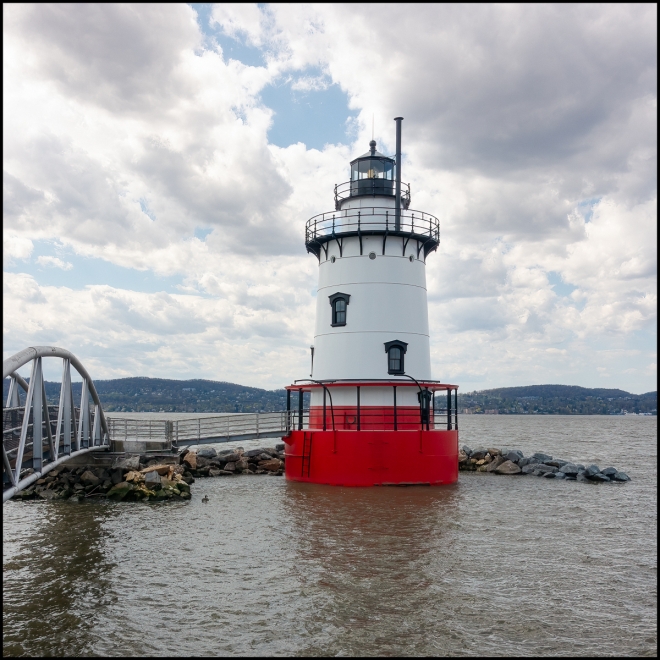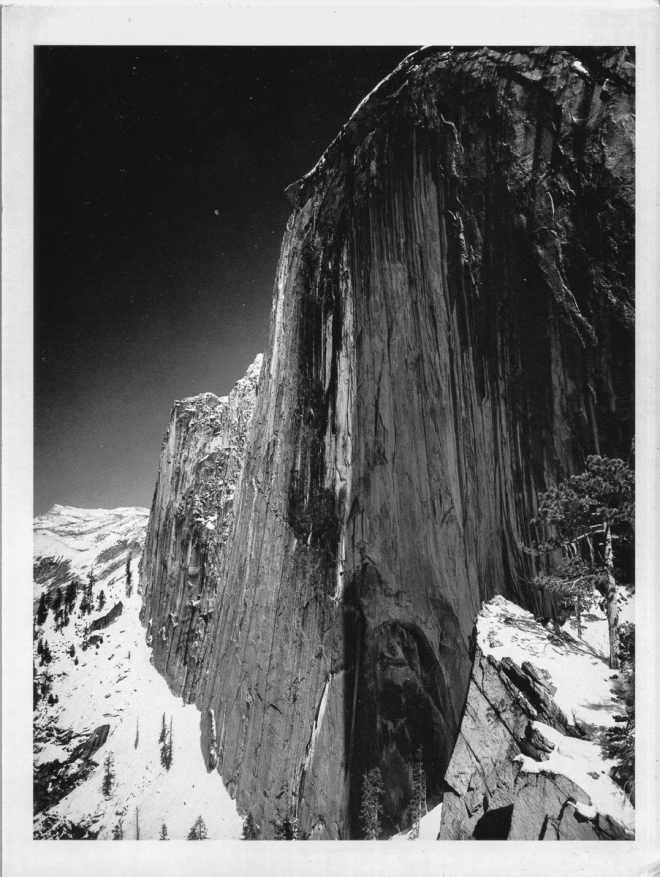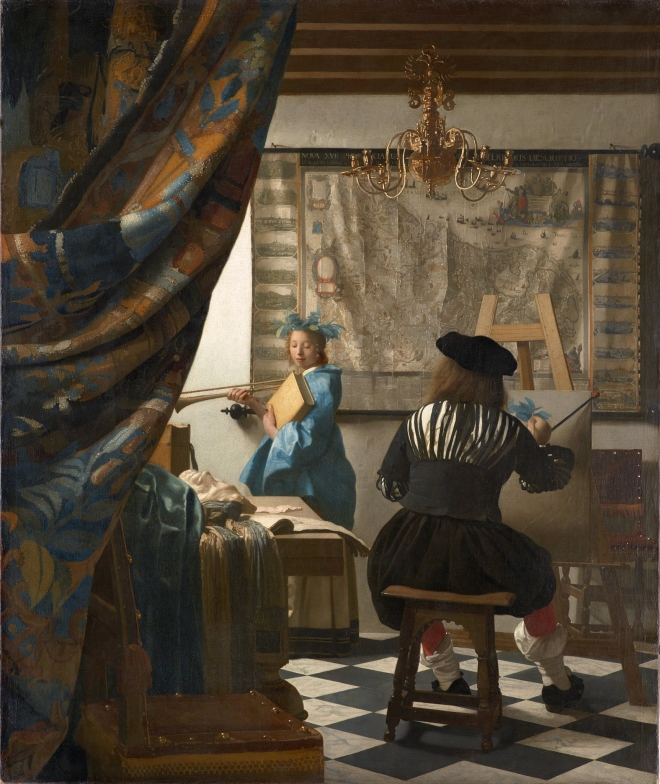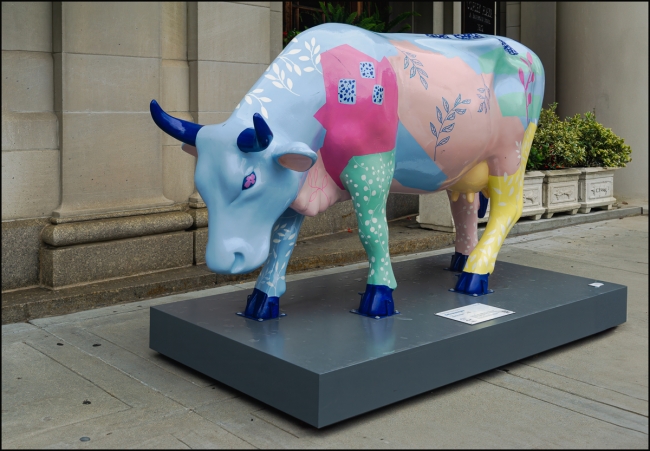I had a friend, now departed, called Paul. Once upon a time he was a well-known daytime TV star. When I first met him, he was 80 years old, but still very active. One of his activities was to periodically have lunch with a group of people who called themselves: “Writers, Artists, and Thinkers”. He encouraged me to come along to these gatherings. Although I did go to a few I was somewhat reluctant for two reasons: First, I’m a bit of a loner and don’t like to mix with people I don’t know; and second, and perhaps more importantly, I’ve never really thought of myself as belonging to any of these categories.
However, lately I’ve been reading a lot of stuff about art, creativity, imagination etc. So I’ve decided to give a bit more thought to the subject of whether or not I might be an artist.
I suppose the first thing to consider is how do you define art? The Merriam Webster dictionary defines art as:
“The conscious use of skill and creative imagination especially in the production of aesthetic objects.” The dictionary also defines a work of art as something that is “produced as an artistic effort or for decorative purposes.”
Another thing to consider might be: Is Photography even an Art? This question has been debated since the appearance of the first camera. It’s still being discussed today. I don’t want to get into the details of this discussion here, but I’m convinced that it has now been decided in favor of photography being an art. Photographs now appear on the walls of museums and prestigious galleries and often command large sums of money. Because of all the challenging creative decisions (e.g. regarding lighting, composition, subject, symbolism, lens choice, point of view, timing etc.) the photographer has to make in order to make a compelling picture, it’s not a stretch to see photography as an art.
Billions of photographs are taken every day. Should they all be considered art? Perhaps not. I think it all depends on the intent of the photographer. Many, probably most of billions of photographs don’t intend to be anything more than a simple record shot e.g. here’s a picture of mum and dad at the beach. I believe that to aspire to be an artist the photographer must go beyond the simple record shot, generally taking more time over the selection of a subject, looking at the the subject from all angles to find the best position, patiently waiting for the right light, pressing the shutter just the right moment etc.
“Put another way, a photographer’s art is the ability to capture a moment of reality and turn it into viewable image of interest and/or beauty…The process of judging whether photography is art, reminds us that neither painting nor sculpture is as pure an art form as is sometimes supposed. Bronze sculpture can be cast and recast in a large number of copies; and our knowledge of Greek sculpture comes not from original Greek statues but from Roman copies. Furthermore, it has been estimated that as many as 1 in 10 paintings that hang in the best art museums, are copies not originals. At the end of the day, a camera along with a dark room and its processing chemicals, is not so very different from a painter’s brushes and paints. It remains no more than a set of tools with which a photographer tries to create an image: an image to stir our soul, in the way that images do.” (Is Photography Art?).
Of course, none of the above addresses the issue of talent. I might be able to meet the standard of the definition, practice all the creative factors mentioned above and still produce mediocre (or worse) results).
Salieri in the movie “Amadeus” comes to mind. He had some talent (probably much more in reality than in the movie). His tragedy was that he had devoted himself whole-heartedly to God and his music and probably thought he was doing all right, but then came Mozart, and unlikeable person with who had much, much more musical talent and to whom composing remarkable music seemed to come easily. In the photography world (and in other creative endeavors) I imagine that there a many more Salieris than there are Mozarts.
So, in light of the above, am I an artist? I still feel that calling myself an artist feels a little pompous. However, I suspect that I probably am. I’m just a very mediocre (at best) one. I don’t think Vermeer has much to worry about.
In future I’ll refer to myself as an artist who uses a camera as a tool, rather than as a photographer, which seems to emphasize the technical aspects (F-Stops, Apertures, Shutter Speeds, ISO, burst rates etc.) over the more creative aspects. As I’ve discovered you can (and should) master the technical aspects, but even if you do this alone won’t necessarily make you a better photographer.





